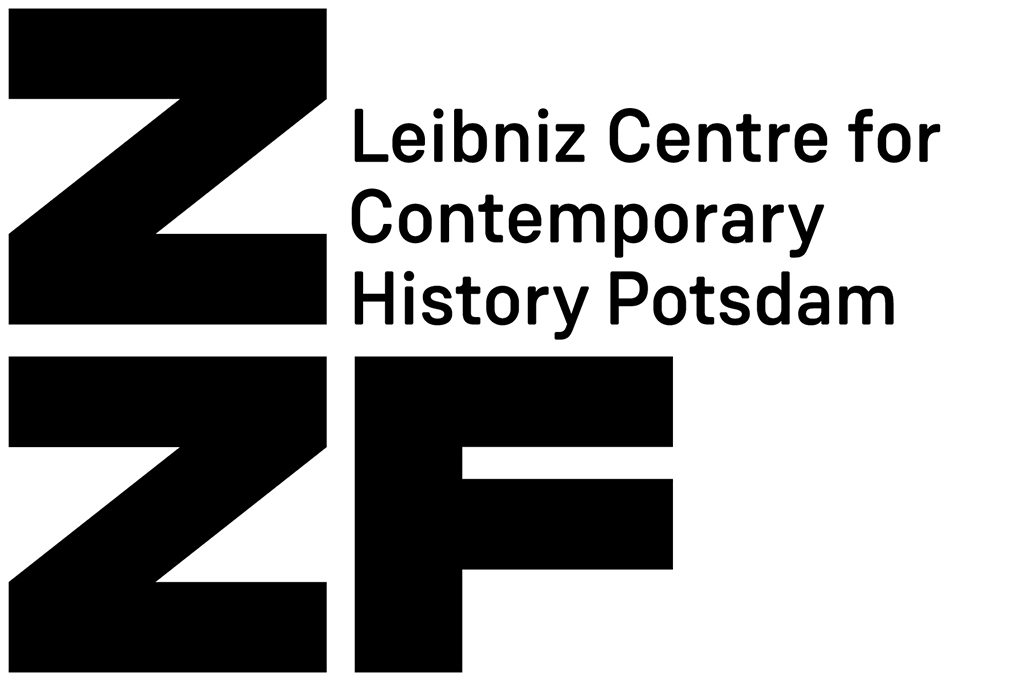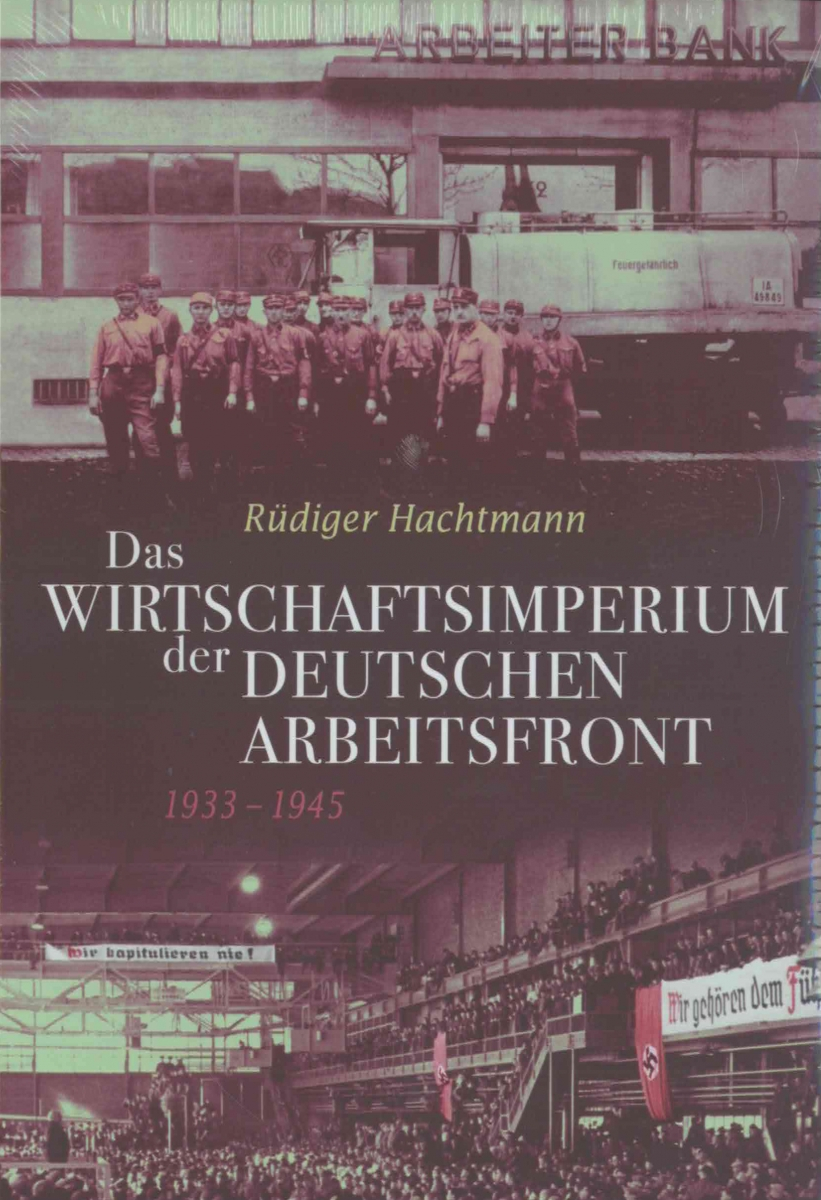Rüdiger Hachtmann
Completed research project
The German Labour Front (DAF), the organisation with the biggest membership in the ‘Third Reich’, possessed an enormous number of enterprises, which – with ultimately around 200,000 employees and a turnover of roughly two billion Reichsmarks – counted among the largest German business concerns. This enormous corporate conglomerate assumed leading positions in the banking and insurance industry, publishing and the book trade, the construction of motor cars and ships, retail and other sectors.
The book provides for the first time a detailed portrayal of the rapid development of individual businesses between 1933 and 1945 and also outlines their respective prehistory as well as ‘traces’ after the war. Moreover, basic questions of the history of the ‘Third Reich’ will also be discussed: why did Nazi organisations like the DAF not limit themselves to the political sphere? Why did they also become active as entrepreneurs? Which consequences did this have for overall economic constellations? How did competitors in the private sector and political rivals react? What type of company politics did the different parts of the DAF economic empire practise from 1938, against the backdrop of the occupation of large swathes of Europe by the Wehrmacht and the Nazi regime? What even held the corporate conglomerate of the Labour Front together? Which political tasks did the DAF allocate to its enterprise? This monograph is simultaneously a preliminary study for a forthcoming complete history of the German Labour Front.
Publication, published: ZZF series "History of the Present":
Das Wirtschaftsimperium der Deutschen Arbeitsfront 1933-1945, Göttingen 2012 (Wallstein Verlag)

